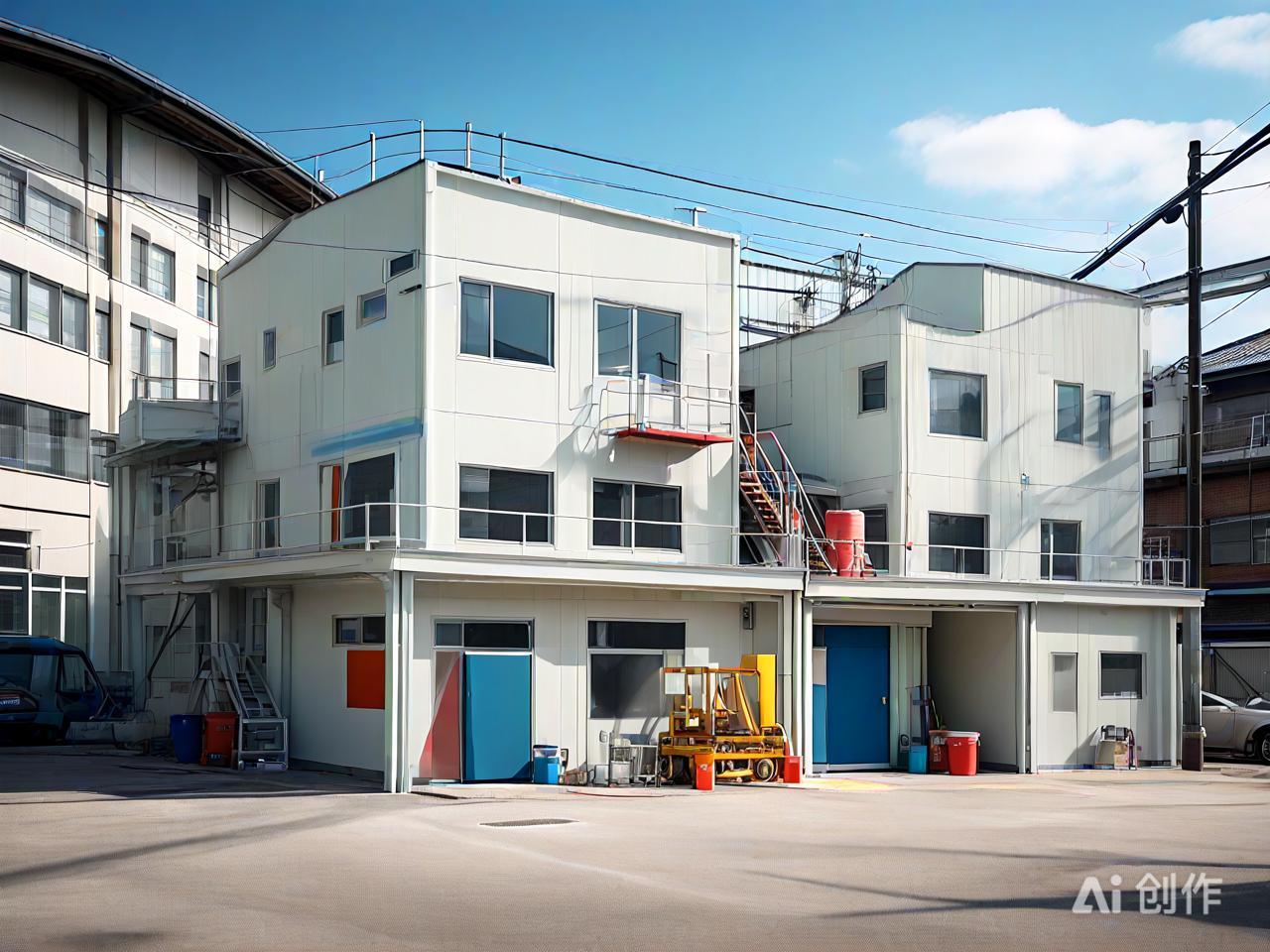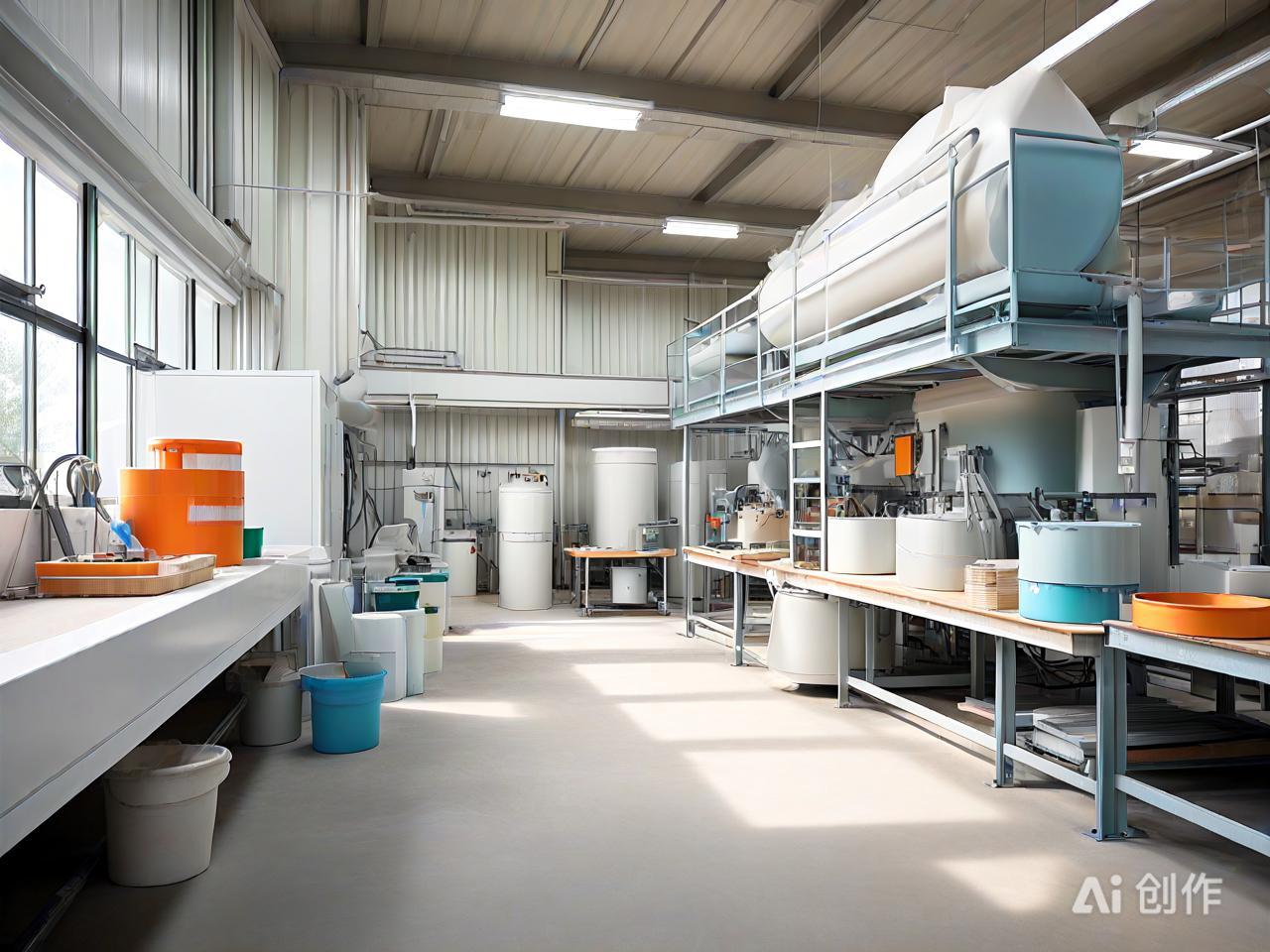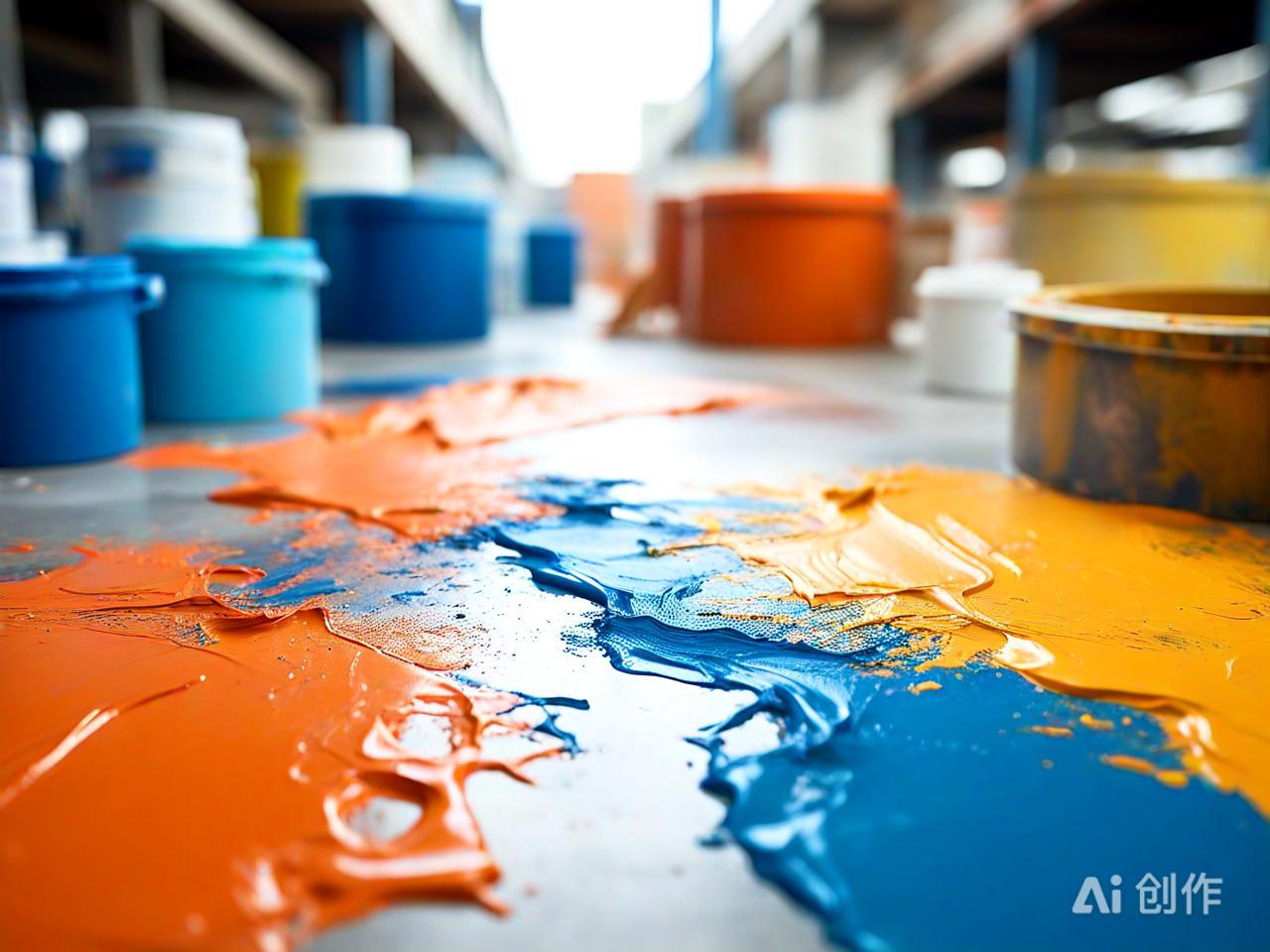Acceptance Criteria for Spray Application of Fireproof Coatings on Steel Structu
Ensuring the quality and effectiveness of fireproof coatings on steel structures requires strict adherence to acceptance criteria during and after the spray application process. This article outlines the key inspection and acceptance requirements to guarantee that the fireproof coating meets the necessary standards for fire resistance and durability.
1. Pre-Application Inspection
Before applying the fireproof coating, the following criteria must be met:
Surface Preparation:
The steel surface must be clean, free of rust, oil, grease, and contaminants.
Surface roughness should meet the specifications (e.g., Sa 2.5 for blast cleaning).
Verify that a compatible primer has been applied and cured as per the manufacturer’s instructions.
Environmental Conditions:
Ambient temperature and humidity should be within the recommended range (typically 5°C to 40°C and relative humidity below 85%).
Avoid application in rain, fog, or extreme weather conditions.
Material Inspection:
Confirm that the fireproof coating material meets the required fire resistance rating and is within its shelf life.
Check the product’s technical data sheet for compatibility with the primer and substrate.
2. During Application Inspection
During the spray application process, the following criteria must be monitored:
Coating Thickness:
Use a wet film thickness gauge to measure the thickness during application.
Ensure the thickness aligns with the design specifications and manufacturer’s recommendations.
Uniformity of Application:
Inspect for even coverage, ensuring no missed spots, puddling, or uneven layers.
Verify that the spray pattern is consistent and overlaps correctly.
Adhesion:
Perform adhesion tests (e.g., cross-cut or pull-off tests) to ensure the coating bonds properly to the substrate.
Curing Conditions:
Monitor the drying and curing process to ensure it adheres to the manufacturer’s guidelines.
3. Post-Application Inspection
After the fireproof coating has been applied and cured, the following acceptance criteria must be verified:
Dry Film Thickness (DFT):
Use a dry film thickness gauge to measure the final thickness.
Ensure the DFT meets the specified fire resistance requirements (e.g., 1-3 mm for intumescent coatings).
Surface Appearance:
Inspect the coating for uniformity, smoothness, and absence of defects such as cracks, bubbles, or peeling.
Adhesion Test:
Conduct adhesion tests to confirm the coating’s bond strength to the substrate.
Fire Resistance Verification:
Verify that the coating meets the required fire resistance rating (e.g., 1-hour, 2-hour, or 3-hour fire resistance) as per relevant standards (e.g., ASTM E119, BS 476).
Documentation:
Ensure all application records, including surface preparation, coating thickness, and inspection results, are documented and available for review.
4. Common Defects and Rejection Criteria
The following defects may result in rejection of the fireproof coating application:
Inadequate Thickness: Coating thickness below the specified minimum.
Poor Adhesion: Coating peeling or failing adhesion tests.
Surface Defects: Cracks, bubbles, pinholes, or uneven texture.
Contamination: Presence of dirt, debris, or foreign materials in the coating.
Improper Curing: Coating not fully cured or showing signs of delamination.
5. Standards and Guidelines
The acceptance criteria should align with relevant industry standards and guidelines, such as:
ASTM E119: Standard test methods for fire resistance of building materials.
BS 476: Fire tests on building materials and structures.
ISO 12944: Corrosion protection of steel structures by protective paint systems.
Local Building Codes: Ensure compliance with regional fire safety regulations.
Conclusion
The spray application of fireproof coatings on steel structures must meet stringent acceptance criteria to ensure optimal fire resistance and durability. By adhering to proper inspection procedures and standards, you can guarantee the effectiveness of the coating and enhance the safety of the structure. Regular monitoring, thorough documentation, and adherence to best practices are essential for a successful fireproofing project.






